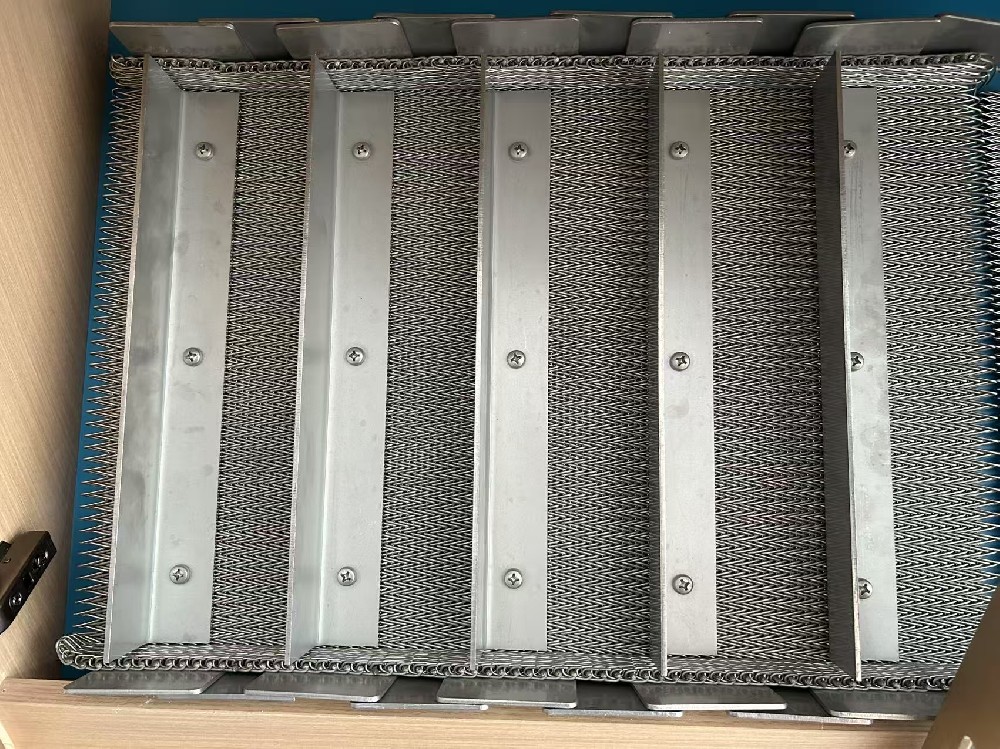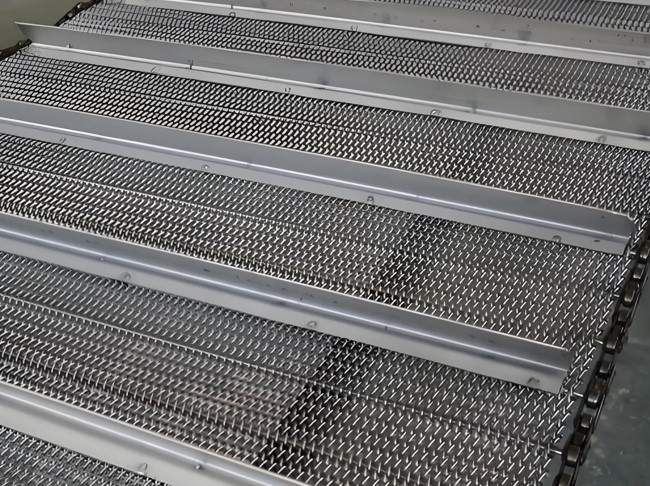Phone
+86.18662690468



 Category:compound balanced mesh belt
Category:compound balanced mesh belt
 Material:
Material:
 Application:
Application:
 Visits:2
Visits:2
 Email:
Email:
ylwoverseas@gmail.com

A conveying belt is the continuous, moving loop of material that serves as the carrying surface on a conveying machine. This system automates the transport of goods, raw materials, and packages, significantly increasing speed, efficiency, and safety across numerous industries.
Benefits of conveyor belts
Increased efficiency and productivity: Conveyor belts enable the continuous and rapid movement of large volumes of materials over long distances. This automation streamlines production processes and significantly speeds up workflows.
Reduced labor costs: By automating the transport of materials, conveyor belts minimize the need for manual handling, reducing labor costs and freeing up workers for other tasks.
Enhanced safety: Automation reduces the risk of work-related injuries caused by manual handling of heavy or dangerous materials. Modern conveyor systems also include safety features like emergency stop buttons and sensors.
Versatility: Conveyor belts can be adapted to handle a wide variety of materials—from small, delicate electronics to large, heavy bulk goods. Belt materials, such as PVC, rubber, or food-grade options, can be selected for specific environments.
Reliability and durability: Once installed, conveyor belts are a durable and reliable solution that requires minimal maintenance and offers a long lifespan.
Flexibility and customization: Conveyor belt systems can be customized with varying widths, lengths, and materials to suit different products and environments. They can also be designed to transport materials on inclines or declines.
Energy efficiency: For long-distance transport, belt conveyors are often more energy-efficient than alternative systems like pneumatic or vacuum conveyors.
Application scenarios
Manufacturing and assembly lines: Used extensively in automotive, electronics, and other manufacturing industries to transport parts between workstations and streamline the production of finished goods.
Mining and bulk material handling: Heavy-duty rubber belts are used in the mining and processing industries to transport bulk materials like coal, ore, sand, and stone over long distances and up inclines.
Food processing and packaging: Food-grade conveyor belts are used to handle and transport ingredients, packaged foods, and beverages, adhering to strict hygiene and safety standards.